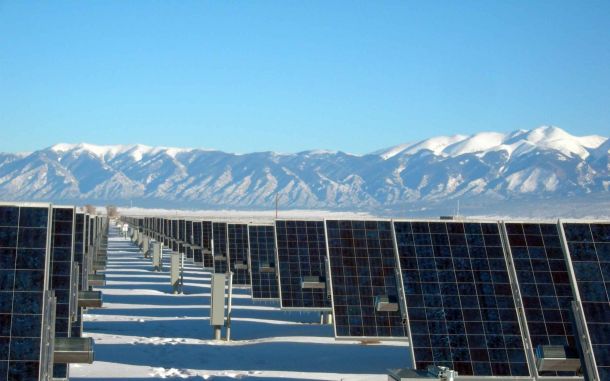Geothermal Power
In this blog post, we’ll take a closer look at geothermal power in the US, including its pros and cons, available resources, and sources.
Pros of Geothermal Power
- Renewable and Clean Energy: Geothermal energy is a renewable and clean energy source that produces no greenhouse gas emissions. Unlike fossil fuels, geothermal energy does not require combustion, which means it does not produce air pollution or contribute to climate change.
- Cost-Effective: Geothermal energy is a cost-effective source of energy because once a geothermal power plant is built, the fuel (heat from the Earth) is free. The cost of producing electricity from geothermal power plants is also relatively low compared to other renewable energy sources like solar and wind.
- Base Load Power: Geothermal power plants can produce electricity around the clock, regardless of weather conditions, making them an ideal source of baseload power. Base load power is the minimum amount of electricity needed to meet a region’s continuous energy demands.
- Minimal Land Use: Geothermal power plants use relatively small amounts of land compared to other power generation technologies. The surface area required for a geothermal power plant is only a few acres per megawatt of electricity produced.
Cons of Geothermal Power
- Geographical Limitations: Geothermal energy is only available in certain regions of the world. In the US, geothermal resources are primarily located in the western states, such as California, Nevada, and Oregon.
- Initial Capital Costs: Geothermal power plants require high initial capital costs to drill wells and build the necessary infrastructure. This makes it challenging for small or medium-sized companies to invest in geothermal energy.
- Environmental Impacts: Although geothermal energy is a clean energy source, it can still have environmental impacts. The drilling of geothermal wells can cause land disturbances, and the disposal of geothermal fluids can also impact local ecosystems.
Available Resources
The US has significant geothermal resources, with an estimated 3,186 MW of geothermal capacity installed as of 2021. California is the largest producer of geothermal energy in the US, with over 2,700 MW of installed capacity. Other states with significant geothermal resources include Nevada, Oregon, Idaho, and Hawaii.
Sources
- Geothermal Energy Association. (2021). 2021 Annual U.S. & Global Geothermal Power Production Report.
- U.S. Department of Energy. (2021). Geothermal Technologies Office.
- U.S. Energy Information Administration. (2021). Geothermal Explained.
- National Renewable Energy Laboratory. (2021). Geothermal Energy Basics.
Conclusion
Geothermal power is a promising renewable energy source with several advantages, including its renewable and clean energy, cost-effectiveness, and ability to provide baseload power. However, geothermal energy is limited by geographic location, high initial capital costs, and environmental impacts. The US has significant geothermal resources, primarily located in the western states, and the government has several programs and initiatives to support the development of this renewable energy source.

